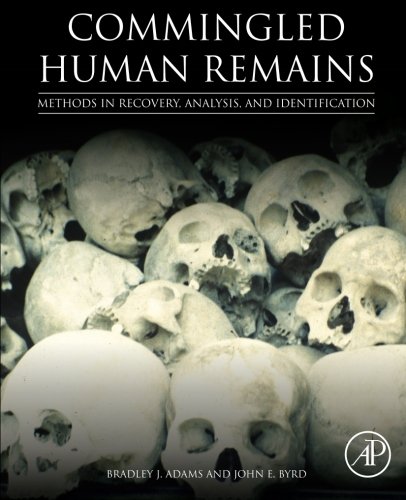

Most ebook files are in PDF format, so you can easily read them using various software such as Foxit Reader or directly on the Google Chrome browser.
Some ebook files are released by publishers in other formats such as .awz, .mobi, .epub, .fb2, etc. You may need to install specific software to read these formats on mobile/PC, such as Calibre.
Please read the tutorial at this link: https://ebookbell.com/faq
We offer FREE conversion to the popular formats you request; however, this may take some time. Therefore, right after payment, please email us, and we will try to provide the service as quickly as possible.
For some exceptional file formats or broken links (if any), please refrain from opening any disputes. Instead, email us first, and we will try to assist within a maximum of 6 hours.
EbookBell Team

5.0
48 reviewsCommingled Human Remains: Methods in Recovery, Analysis, and Identification brings together tools from diverse sources within the forensic science community to offer a set of comprehensive approaches to resolving issues associated with commingled remains. This edition focuses on forensic situations, although some examples from prehistoric contexts are also addressed. Commingling of bones and other body parts is a major obstacle to individual identification that must be addressed before other forensic determinations or research can proceed. Regardless of the cause for the commingling (transportation disaster, terrorist attack, natural disaster, genocide, etc.) it is critical that the proper experts are involved and that the proper techniques are employed to achieve the greatest success in making identifications. Resolution of commingling nearly always requires consideration of multiple lines of evidence that cross the disciplinary lines of modern forensic science. The use of archaeology, DNA, and forensic anthropology are several areas that are critical in this process and these are core topics presented in this book. Even a relatively "simple" mass fatality event can become very complicated once body fragmentation and commingling occur. Expectations associated with all phases of the process from recovery of remains to their final identification and release to next of kin must be managed appropriately.